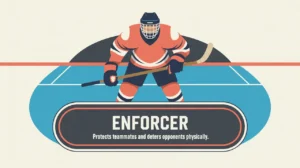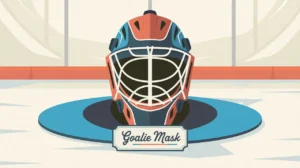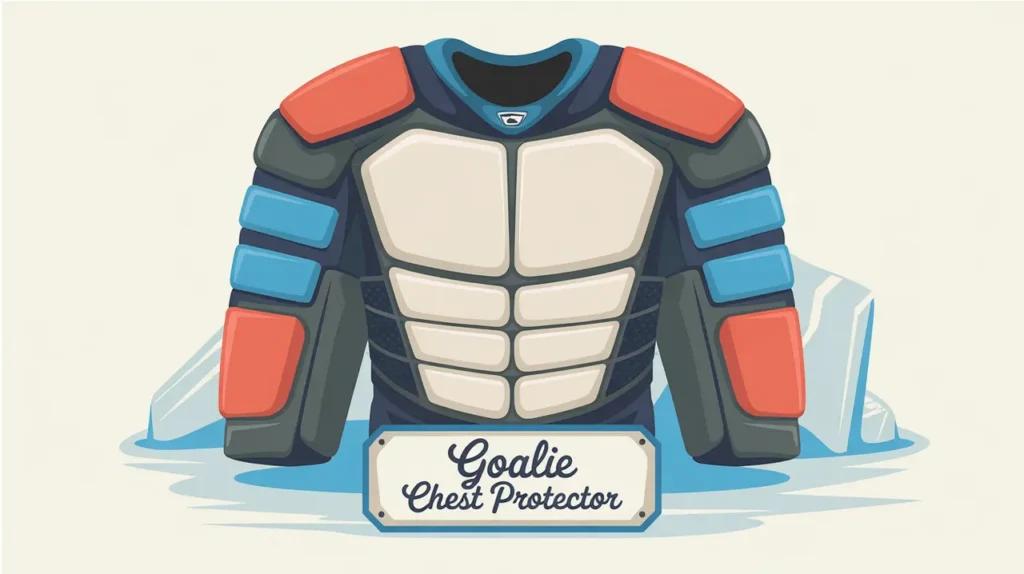Jim’s Intro to Skates
Hi folks, Jim here, the only commentator who once tried to demonstrate a tight turn and ended up demonstrating how to fall gracefully. Let’s talk about skates.
What are skates?
Skates are the player’s link to the ice. They combine boots for support with steel blades for glide, allowing players to turn, stop, and accelerate with precision. Unlike regular footwear, skates shift a player’s weight slightly forward, creating a natural athletic stance. A good pair fits snugly, supporting the ankle while giving the blade maximum control. Every stride, stop, and pivot begins here.
How do they work?
Skate blades aren’t flat. Each one has a slight hollow ground into it, creating two sharp edges. Players use these edges to grip the ice, push off, and carve turns. Shifting weight from inside to outside edge controls direction and stability. The radius and profile of the blade affect glide, agility, and speed, while the boot keeps the player’s foot locked in position so movements translate directly to the ice. When properly fitted and sharpened, skates feel like an extension of the body, not a piece of equipment.
How do you make good decisions with them?
Choosing and maintaining skates matters more than most new players realize.
- Fit: Skates should be snug without pain. Loose skates cause instability, while overly tight ones restrict movement.
- Blade Radius and Profile: Shorter radii support agility. Longer radii favor speed and glide.
- Hollow: A deeper hollow gives more grip and control but requires more energy. A shallower hollow glides faster but grips less.
- Support Level: Beginners benefit from more ankle support. Advanced players may prefer stiffer boots for sharper response.
- Sharpening: Regular sharpening keeps performance consistent and safe. Skating on dull blades feels like trying to sprint in socks.
How do you master them?
Mastery begins with balance. Players learn to stand tall on the blades, feel their edges, and glide without stiffening up. From there, they build power through proper stride technique, using full blade pushes and clean edge transfers. Stops, turns, crossovers, and pivots all depend on edge control and weight distribution. Over time, players stop thinking about their skates entirely. Their movements flow naturally, and the ice starts to feel like home.
What does it look like when done right?
When a player masters their skates, they seem to float. Turns are sharp and effortless. Stops throw clean sprays. Acceleration looks explosive but controlled. They use the full surface of the ice like a canvas, moving with intent rather than reacting.
Commentator’s Corner
Jim’s Take
I’ve seen players with great hands lose every battle because their skates looked like they were rented for a birthday party. You can’t control the game if you can’t control your edges.
Parent Tip
Make sure skates fit properly and are sharpened regularly. A good fit is snug in the heel and midfoot, with toes just brushing the cap. Poorly fitted skates hold players back more than any other piece of gear.
Player Tip
Spend time working on edge control without the puck. Glide, stop, turn, and pivot until you know exactly how your blades respond.
A Final Thought
Great skating turns the rink from a surface into a stage. Master your edges, and the ice will answer every move.









